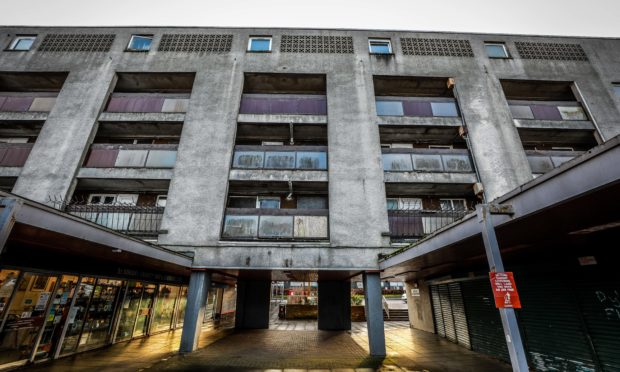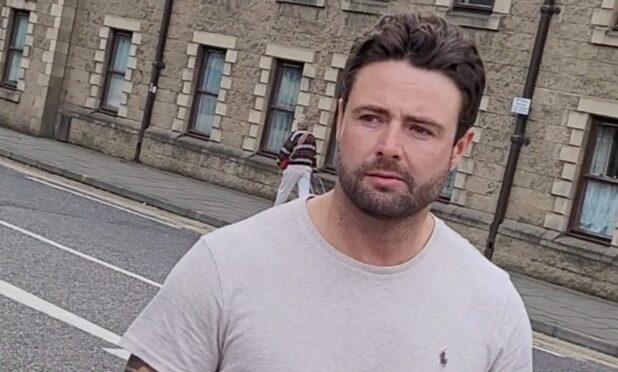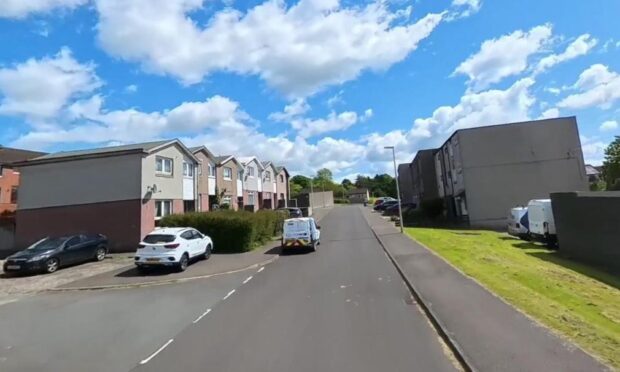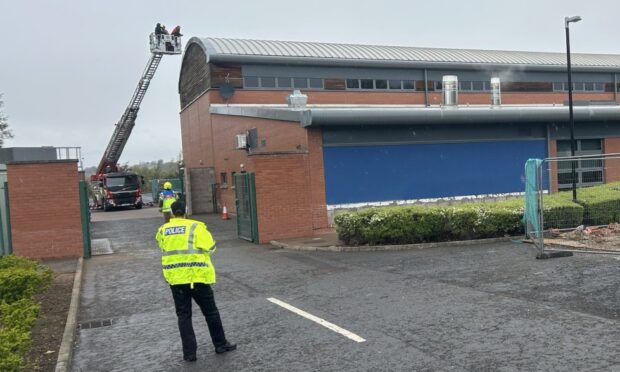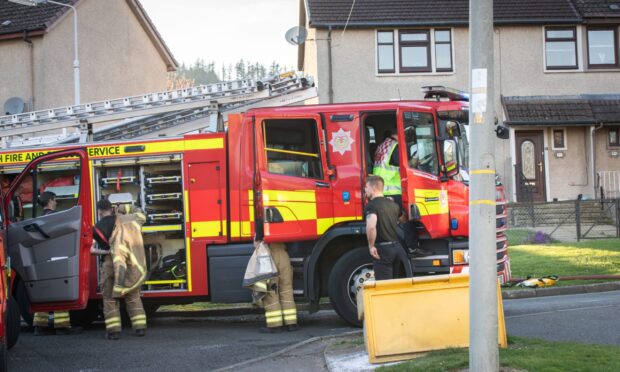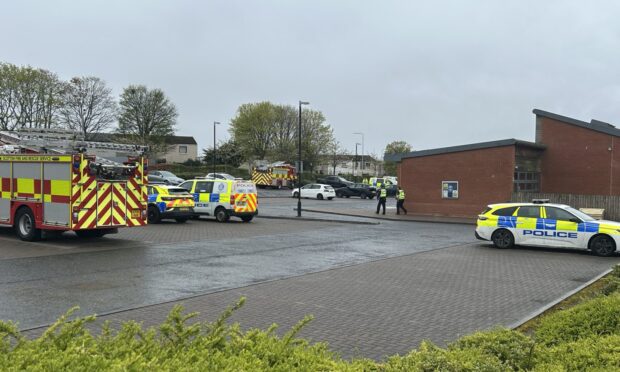One in six children in Fife are living in households struggling to meet even basic living standards, a new study has found.
The Fife Child Poverty Action Report shows more than 13,000 children were living in “relative” poverty last year – those where households receive 50% less than average household income.
More than 10,000 children were living in “absolute” poverty – where household income is below a necessary level to maintain basic living standards.
That equates to 21% and 17% of Fife youngsters respectively, higher than the Scottish average of 18% and 15%.
It’s feared the outlook could much worse as families are thrown into further hardship due to furlough or job loss, leaving them struggling to cover increased costs of heating, electricity and food.
The report aims to set out how Fife Council, NHS Fife and third sector partners are working together to tackle child poverty issues across the region.
Councillor Judy Hamilton, convener of Fife Council’s community and housing services committee, said it was clear the pandemic has had an enormous impact on Fife’s communities.
“It has exacerbated Fife’s existing health inequalities, with less affluent families more likely to be impacted by the coronavirus and more likely to be missing opportunities to learn,” she said.
“But there have been positives too, with neighbours and communities pulling together to support each other in new ways.
“Now is the time to learn from our response to the pandemic.
“We need to join up support at a local level, reduce duplication and improve resource allocation to address child poverty.”
The report says 53% of Fife households are “managing well financially” compared with 55% in Scotland.
However, many parents struggle to afford essentials and often must make the difficult decision of choosing to heat their home or buying food.
The latest Scottish House Condition Survey showed 44,000 households (26% of all households) in Fife are in fuel poverty with 11% in extreme fuel poverty.
Almost one in five, 19% of families are living in fuel poverty (7,000 households) and 5% are in extreme fuel poverty in Fife, according to the latest Scottish Government figures.
Previous research suggested at least 24,300 adults in Fife could be living in food insecure households,]borne out by an increase in food bank usage, community pantries and fridges.
Dona Milne, NHS Fife’s director of public health, said it was more important than ever to listen to families and understand their experiences.
“By doing this we can respond effectively to the barriers people face in having enough resource to nurture and support babies, children and young people, as well as women in pregnancy,” she said.
“A great deal of effort has been made by staff across Fife’s public and third sectors to respond to the crisis.
“But now we need to examine the wider drivers which impact on income such as education, training and employment and access to good work, access to relevant benefits and reducing essential costs for families.”
